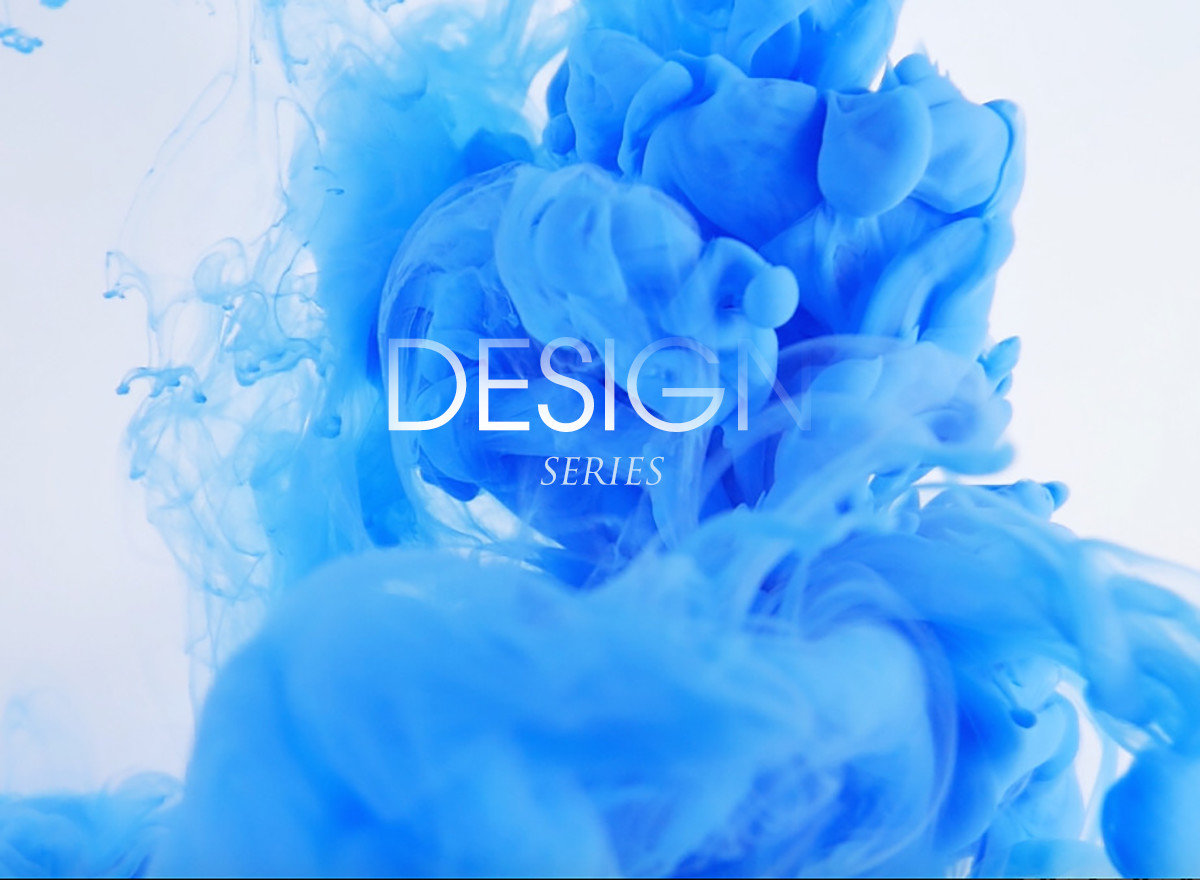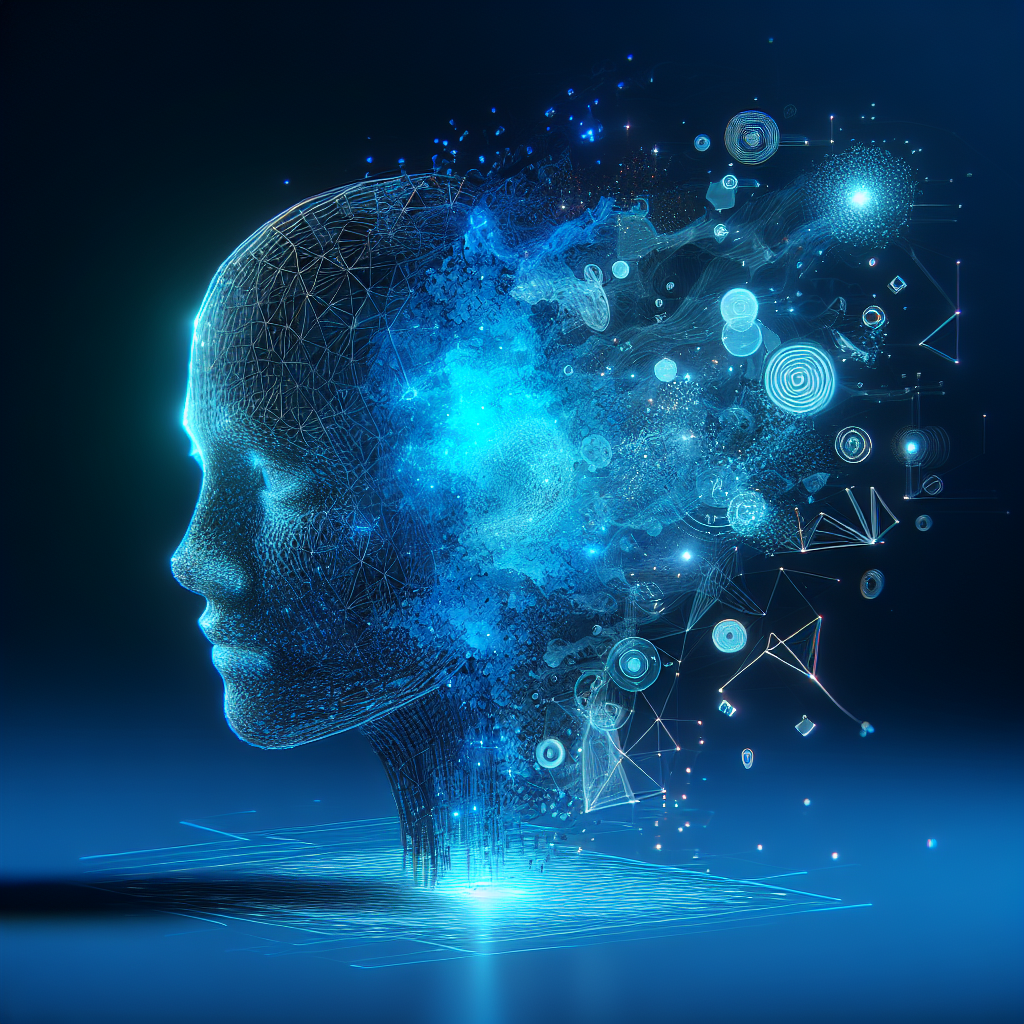Web design is always evolving. As technology advances, so do user expectations—and the line between functional, beautiful, and high-converting websites becomes more nuanced. For web design agencies and forward-thinking brands, staying ahead of the curve is no longer optional; it’s essential.
In this article, we’ll explore the emerging web design trends that are shaping the future of the internet—and how to harness them to create better digital experiences.
1. AI-Driven Personalisation
AI is transforming how users interact with websites. From smart product recommendations to real-time content adjustments, artificial intelligence allows web designers to create experiences that feel uniquely tailored to each visitor.
In 2025, expect web design to shift from static to adaptive, where elements like layout, messaging, and even colour schemes dynamically respond to user behaviour and preferences.
Web design tip: Integrate tools like chatbots, personalised CTAs, and behaviour-based navigation to make your site feel like a concierge, not just a page.
2. Framer, Figma, and the Rise of No-Code Tools
Design tools are becoming platforms. Framer and Figma are no longer just prototyping environments—they now allow designers to ship production-ready sites with minimal coding.
This democratisation of design means that smaller agencies or solo designers can punch well above their weight, delivering high-performance websites with full creative control.
Why it matters: Web design is now about agility—faster iterations, live previews, and seamless client collaboration.
3. Cinematic UX and Scroll Storytelling
Static pages are giving way to scroll-triggered animation, motion graphics, and parallax layers that create cinematic, immersive experiences.
When done well, scroll storytelling helps users engage deeply with content and understand complex offerings in an intuitive, visual way. Think of it as the Netflix-ification of websites—smooth, rich, and emotionally engaging.
Web design trend: Expect more interactive case studies, animated explainer sections, and 3D integration, especially in creative and SaaS industries.
4. Accessibility Becomes the Baseline
Inclusive design is no longer a checkbox—it’s a foundation. With new legal regulations and growing awareness, accessibility will be a core pillar of all web design projects going forward.
That means:
-
High colour contrast
-
Keyboard navigation
-
ARIA labels and semantic HTML
-
Screen reader compatibility
Pro insight: Accessibility doesn’t limit creativity—it sharpens it. Designing for everyone leads to cleaner, more intentional UI decisions.
5. Sustainable Web Design
As carbon-conscious consumers grow, so does interest in lightweight, efficient websites. Sustainable web design focuses on:
-
Reduced image/video weight
-
Clean, efficient code
-
Minimal server requests
Not only is this better for the planet, but faster sites improve SEO, conversion rates, and user satisfaction.
Web design best practice: Tools like Website Carbon Calculator let you assess your site’s environmental impact.
6. Brutalism is Back—But Softer
We’re seeing a resurgence of brutalist web design, but with a twist. Harsh typography and raw grids are being balanced by smoother animations, pastel palettes, and playful interactions.
This new “friendly brutalism” is great for bold brands who want to break away from templated, corporate design—without alienating users.
7. Micro-Interactions for Maximum Delight
Subtle feedback interactions—like a button that wiggles slightly on hover or a form that cheers when submitted—are small touches that make your site feel alive.
These micro-interactions are especially powerful in web design for eCommerce, SaaS, or service-based businesses that want to boost engagement.
Design principle: Every interaction should give the user a response—visual, auditory, or animated.
8. Voice & Multimodal Interfaces
With smart speakers and voice search growing, web design is expanding beyond the visual. Expect sites to begin integrating voice input, conversational UI, and even ambient audio design for richer multimodal experiences.
Web design implication: Structuring content for voice search (natural language, clear headers, concise answers) will become even more important for SEO.
Final Thoughts
The future of web design lies in experience, not just appearance.
Clients no longer want “a website”—they want a digital platform that sells, tells stories, adapts, and builds trust. As a modern web design agency, your role is evolving into that of a strategist, technologist, and storyteller.
Need Future-Ready Web Design?
At Receptive, we don’t just follow trends—we help shape them. Whether you’re reimagining your brand or building a new site from scratch, we’ll help you design experiences that move people and grow your business.
👉 Get in touch for a free consultation.



